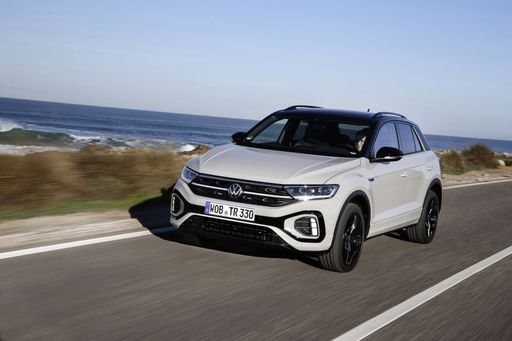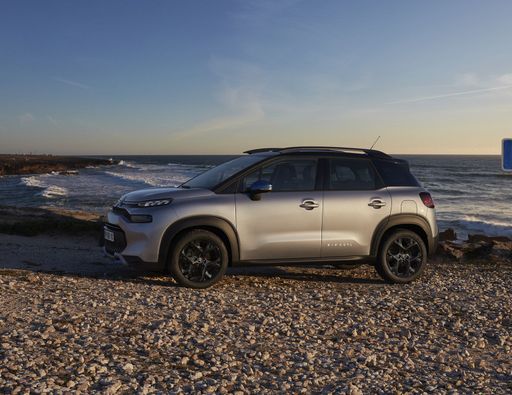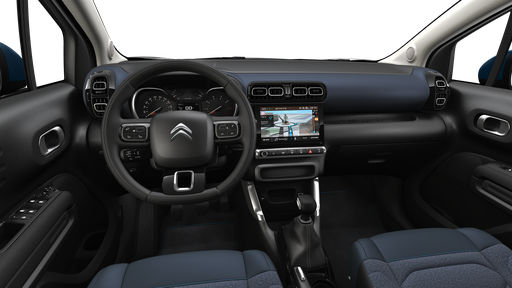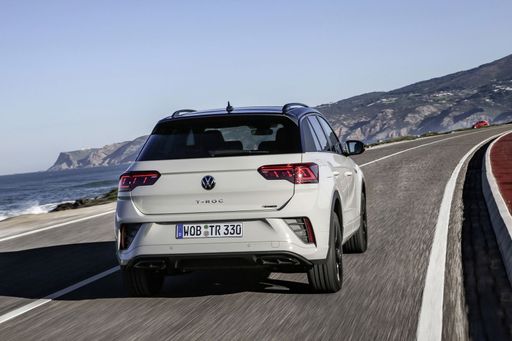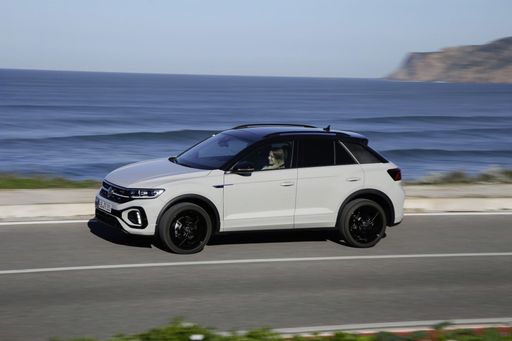The Battle of the Compact SUVs: Citroen C3 Aircross VS VW T-Roc
In the fiercely competitive compact SUV market, two prominent players have emerged as frontrunners: the Citroen C3 Aircross and the VW T-Roc. Both vehicles offer a blend of style, performance, and practicality, but which one edges out as the better choice? We dive deep into their technical aspects and innovations to help you decide.

